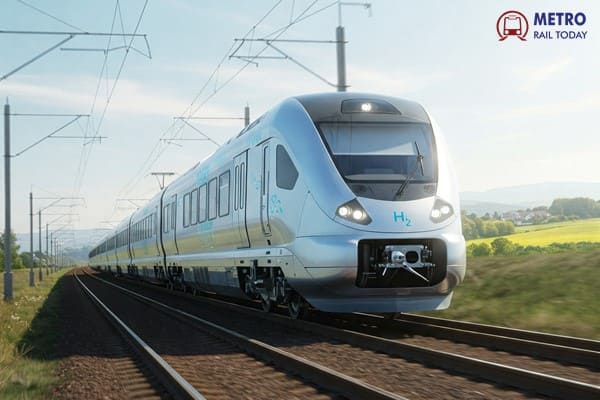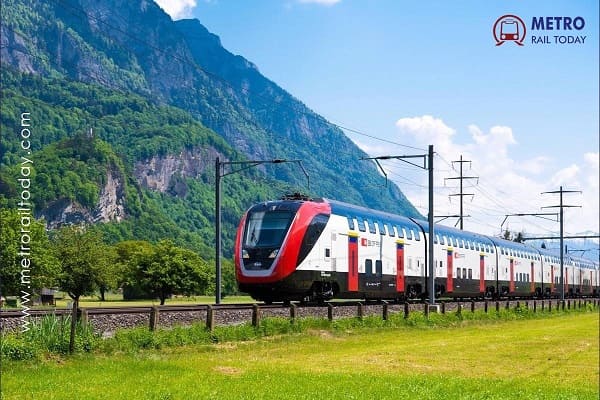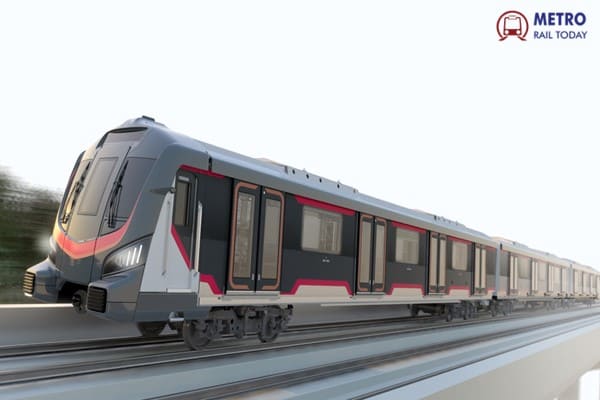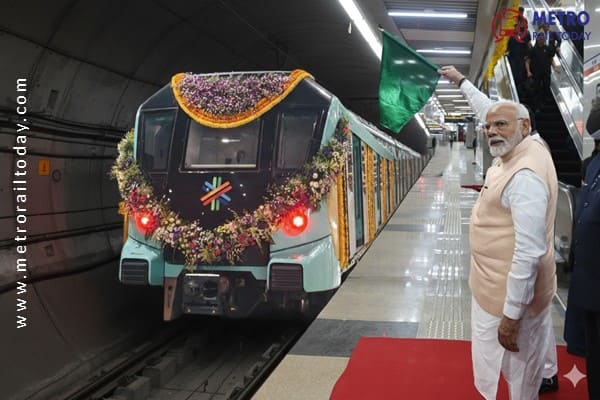 Prime Minister Narendra Modi inaugurates Final Phase of Mumbai Metro Line 3 (Aqua Line)
Prime Minister Narendra Modi inaugurates Final Phase of Mumbai Metro Line 3 (Aqua Line)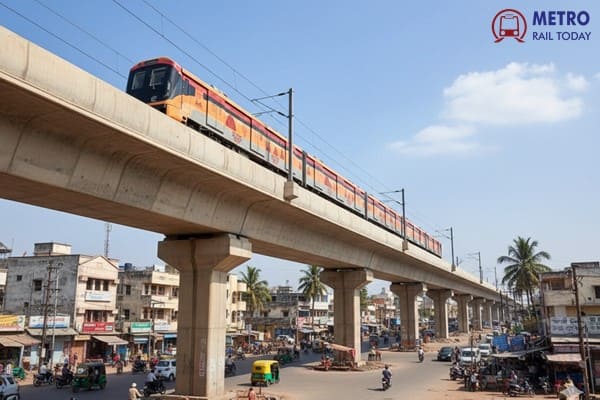 White Elephants on Rails: How Politically-Driven Metro Projects Are Draining Public Funds?
White Elephants on Rails: How Politically-Driven Metro Projects Are Draining Public Funds?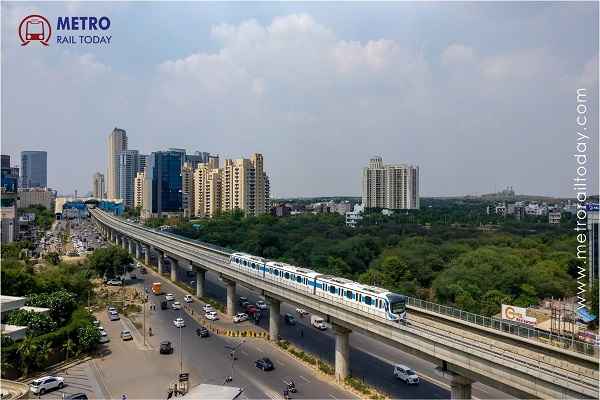 Gurugram Metro Construction Begins with First Piling Work Near Sector 31
Gurugram Metro Construction Begins with First Piling Work Near Sector 31 NCRTC and Gati Shakti Vishwavidyalaya sign MoU to boost Railway Education and Innovation
NCRTC and Gati Shakti Vishwavidyalaya sign MoU to boost Railway Education and Innovation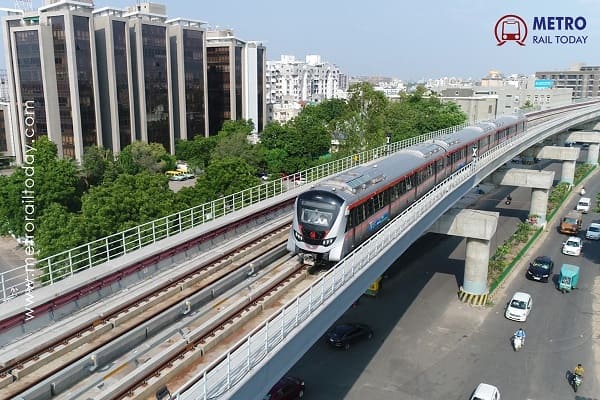 DB Engineering & Consulting partners with GMRC to shape Smart, Sustainable Surat Metro
DB Engineering & Consulting partners with GMRC to shape Smart, Sustainable Surat Metro Patna Metro Inaugurated: First Phase of 3.6-km Stretch Open to Public from October 7
Patna Metro Inaugurated: First Phase of 3.6-km Stretch Open to Public from October 7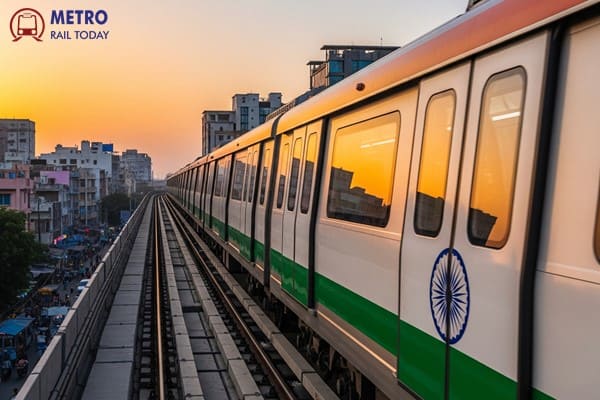 Saleem Ahmad appointed as new CMD of Rail Vikas Nigam Limited (RVNL)
Saleem Ahmad appointed as new CMD of Rail Vikas Nigam Limited (RVNL)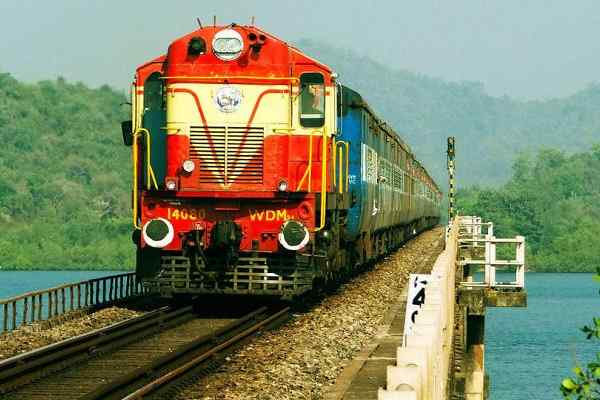 HCC and Konkan Railway sign MoU to deliver Large-Scale Rail and Metro Projects
HCC and Konkan Railway sign MoU to deliver Large-Scale Rail and Metro Projects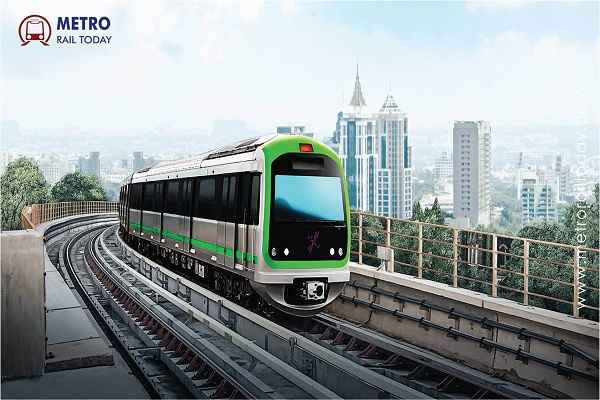 Karnataka approves Feasibility Study for ₹20,649 crore Bengaluru–Tumakuru Metro Extension
Karnataka approves Feasibility Study for ₹20,649 crore Bengaluru–Tumakuru Metro Extension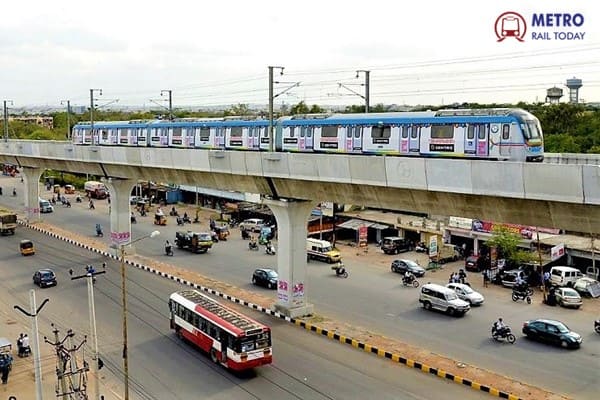 Learning from Exits: Re-evaluating the Public-Private Partnership Model in India's Metro Projects
Learning from Exits: Re-evaluating the Public-Private Partnership Model in India's Metro Projects
Global Railway Signaling System Market anticipated to reach $21.7 billion by 2031
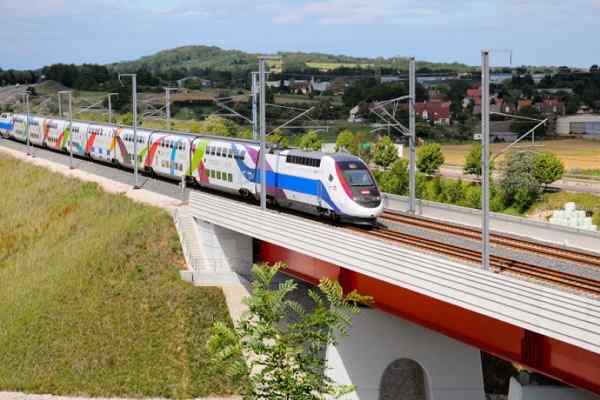
In the intricate world of rail travel, the backbone ensuring safety and efficiency is the Rail Signaling System. Often referred to as the silent guardian of railway operations, this system plays a pivotal role in preventing collisions & derailments and ensuring the seamless movement of trains. The evolution of railway signaling systems has become a key player in enhancing the overall travel experience, offering a blend of safety, reliability, and advanced technology.
Understanding Railway Signaling Systems
Railway signaling is a sophisticated control system governing the movement of trains, a critical component ensuring the safety of passengers and railway assets. It goes beyond mere traffic control; it is a comprehensive mechanism designed to detect train positions, provide route information, and avert potential accidents. The essence lies in its ability to facilitate the smooth operation of trains, ensuring the safety of passengers and the integrity of railway infrastructure.
Advancements Propelling Progress
The development of advanced railway signaling systems marks a significant leap forward in the realm of mass transit. These systems go beyond the traditional functionalities, offering improved safety, comfort, reliability, and dependability. One notable achievement is the capacity of these systems to enable trains to operate safely at shorter intervals, enhancing line capacity and providing rapid recovery in the event of disturbances.
The adoption of advanced rail signaling systems brings forth a myriad of benefits. From reduced maintenance costs to heightened safety measures, superior operational flexibility, improved reliability, and predictable operation, the advantages are substantial. It's a transformative step that not only ensures the safety of rail travel but also contributes to the overall efficiency and sustainability of transportation systems.
Market Dynamics and Growth Factors
The railway signaling system market is influenced by various factors, with government spending on railway projects being a primary driver. The market is propelled by the growing demand for safety and compliance in rail transit and the increasing need to expand passenger and freight capacity. Despite these positive trends, challenges such as the shortage of skilled staff in developing countries and a lack of technological infrastructure pose hurdles to market growth.
In Europe, the demand for railway signaling systems is significantly boosted by advancements in railway infrastructure and the widespread penetration of digital solutions. The region has witnessed a surge in government initiatives promoting green mobility and the introduction of railways operating on alternative fuels, creating lucrative growth opportunities for the railway signaling system market.
The Global Landscape
As of 2021, the global railway signaling system market was valued at $12.8 billion, with projections indicating a robust growth trajectory. It is anticipated to reach $21.7 billion by 2031, growing at a commendable CAGR of 5.5% from 2022 to 2031. This underscores the increasing importance and demand for advanced railway signaling systems on a global scale.
Key Market Players
Several key players contribute to the innovation and growth of the railway signaling system market. Notable entities such as Wabtec Corporation, Huawei Technologies Co Ltd, Hitachi Ltd., Angelo Holding SRL, Nokia Corporation, Alstom SA, Belden Inc., Cisco Systems Inc., IBM CORPORATION, and Siemens AG play pivotal roles in shaping the industry landscape.
In conclusion, the evolution of railway signaling systems represents a transformative journey towards safer, more efficient rail travel. The market's projected growth signifies its increasing significance on a global scale, with key players driving innovation and advancements. As we move forward, these systems will continue to redefine the standards of safety and efficiency in the realm of rail transportation.





